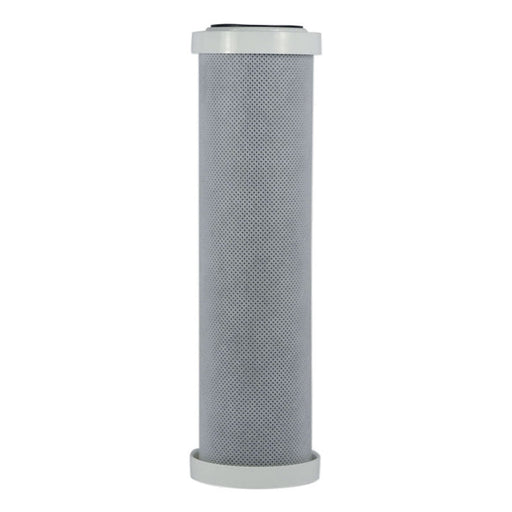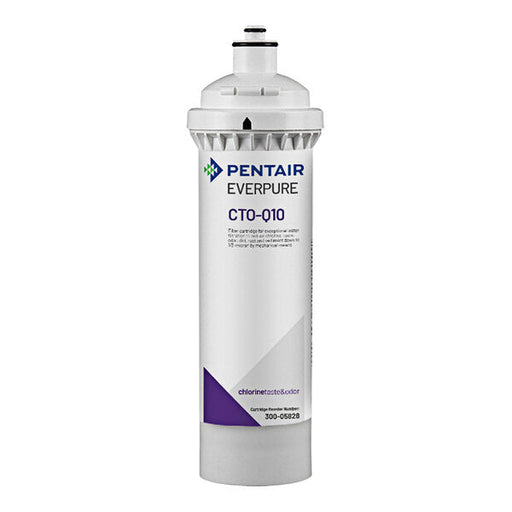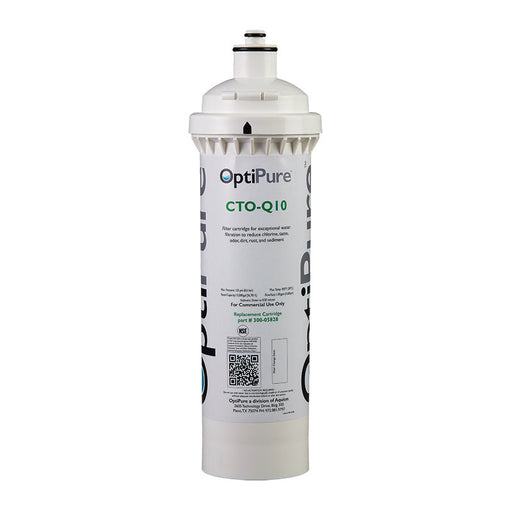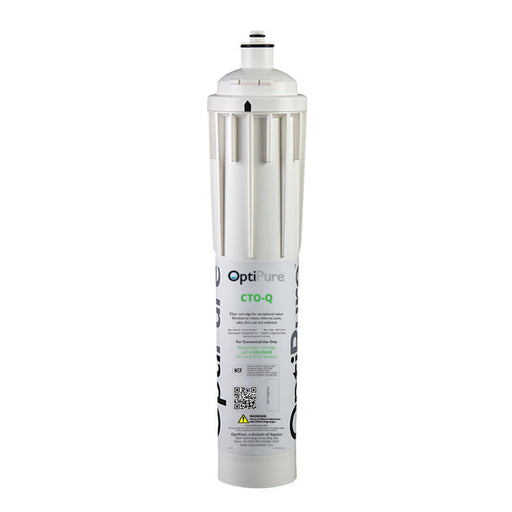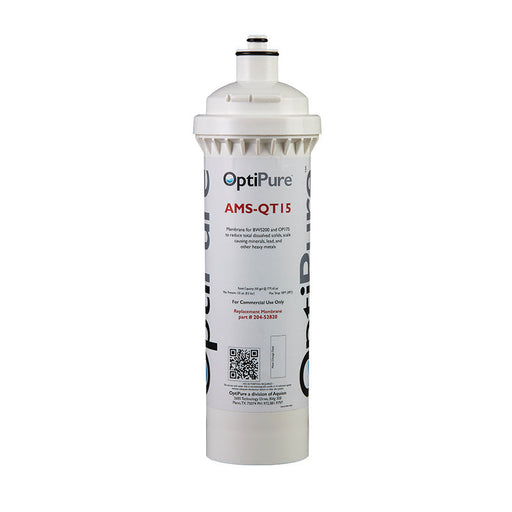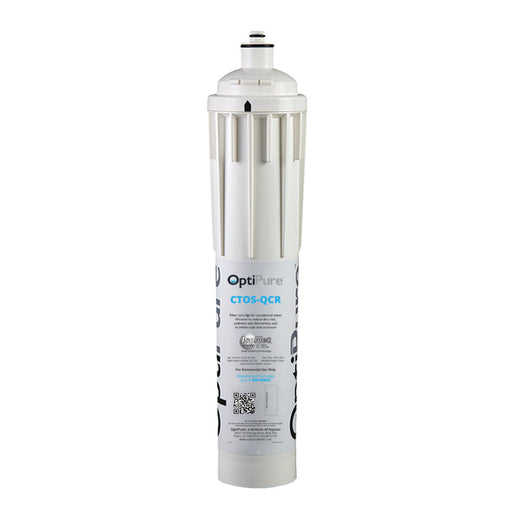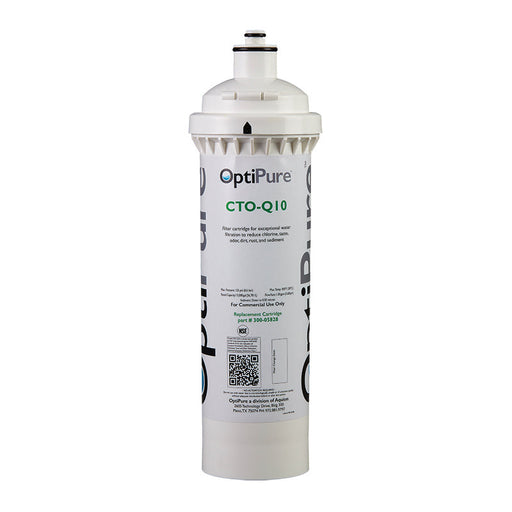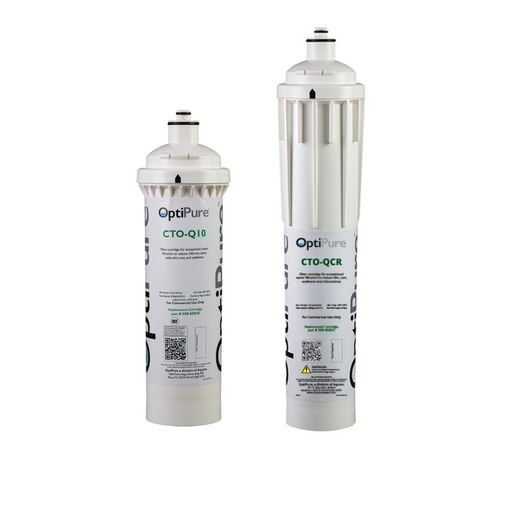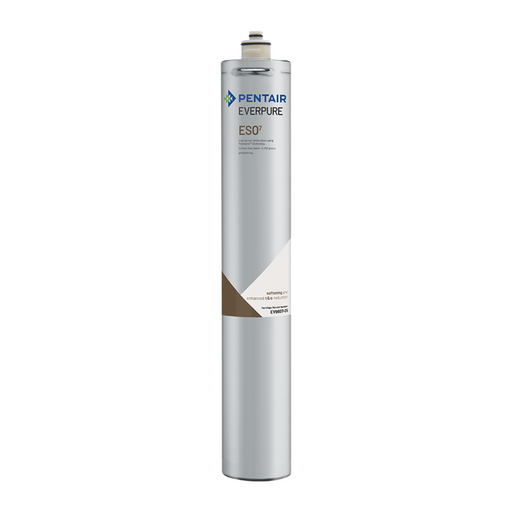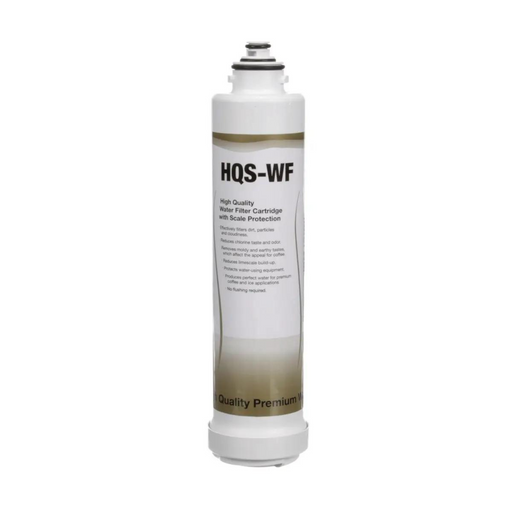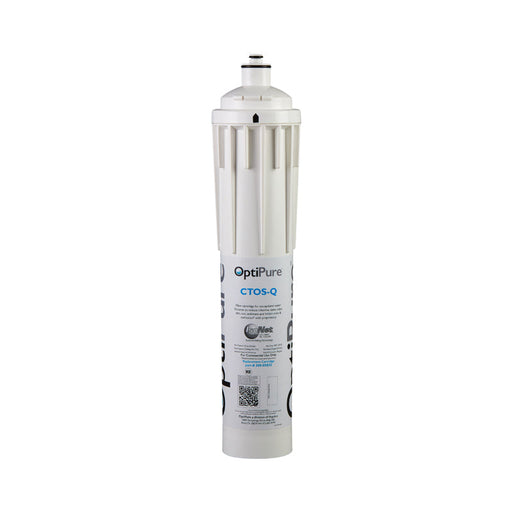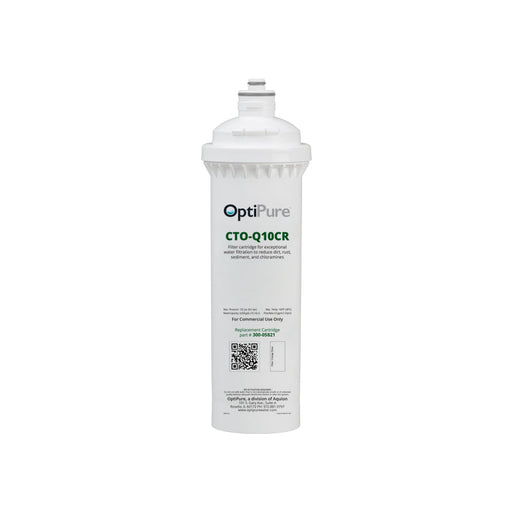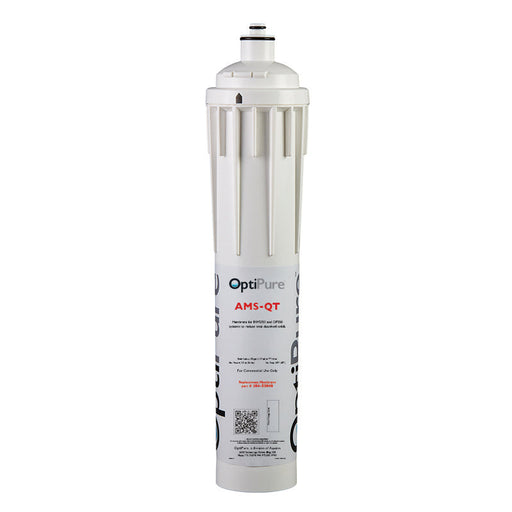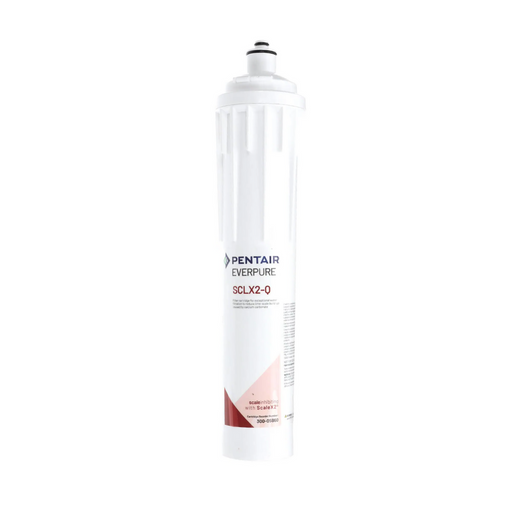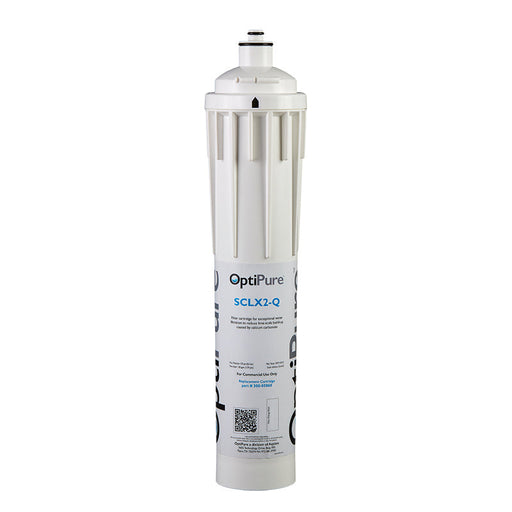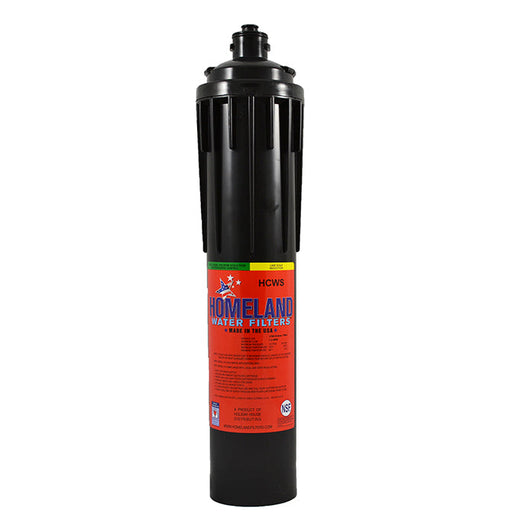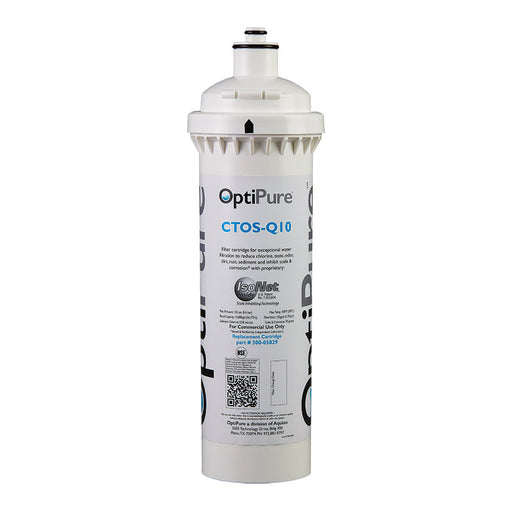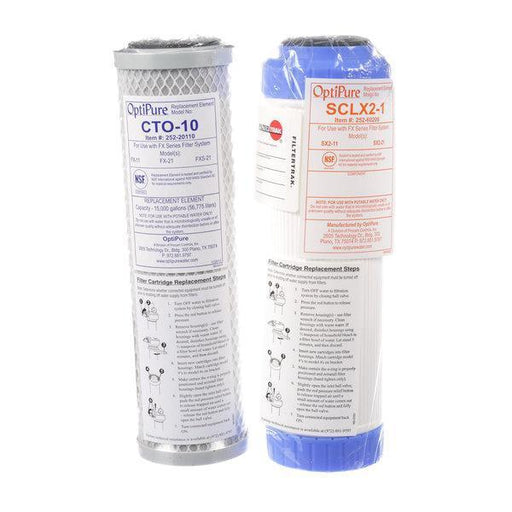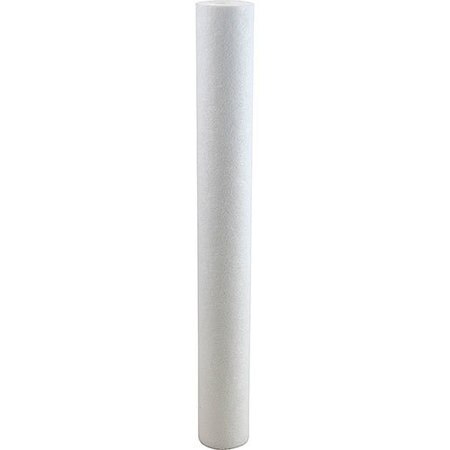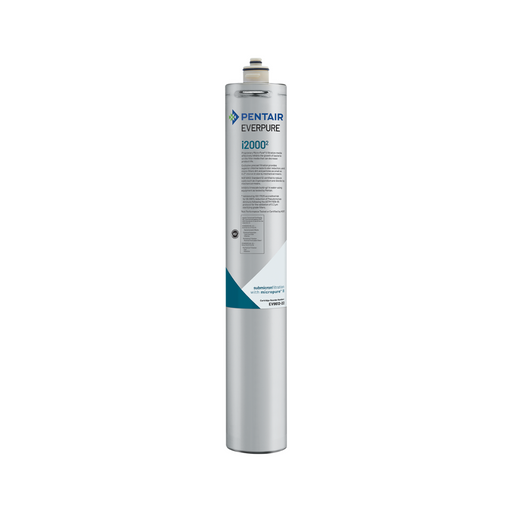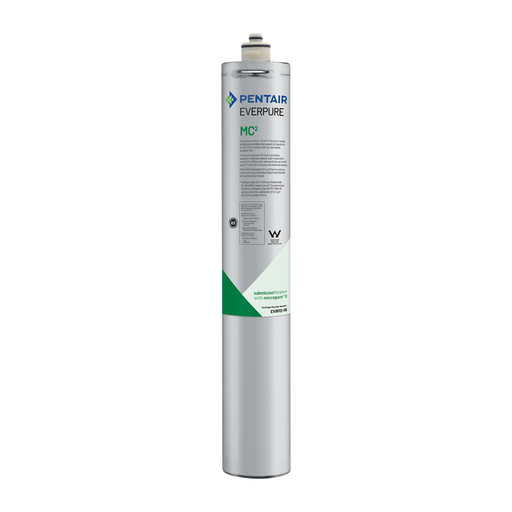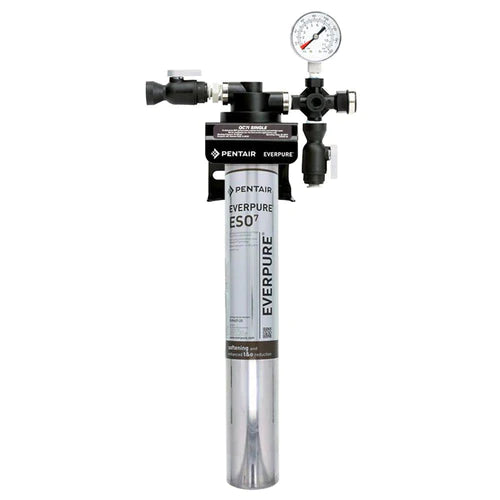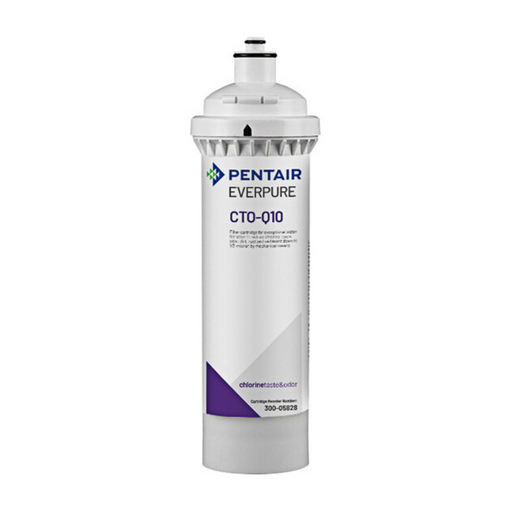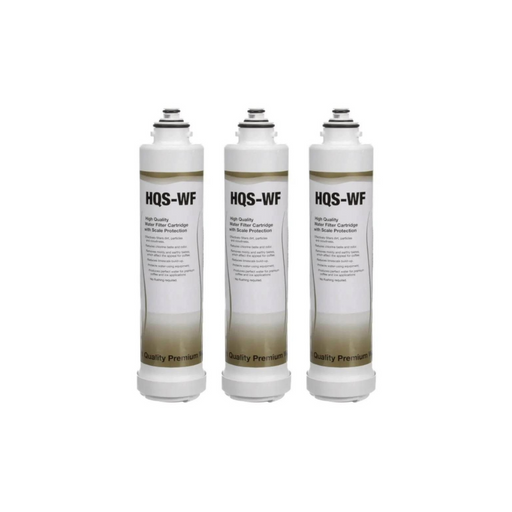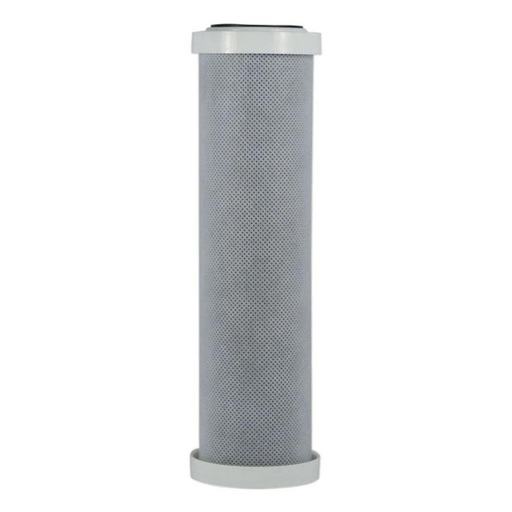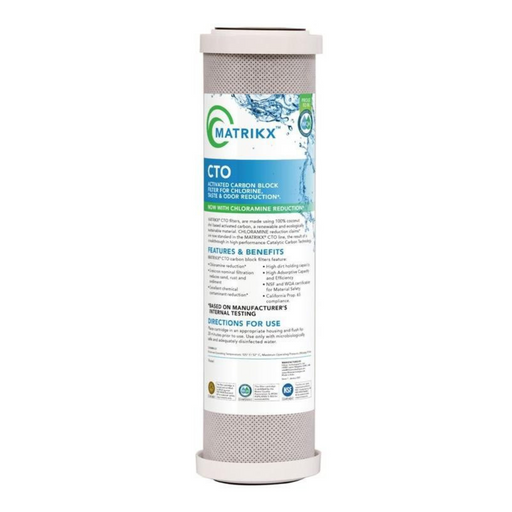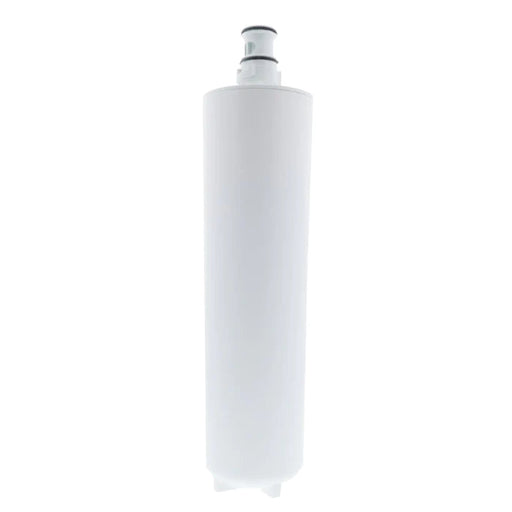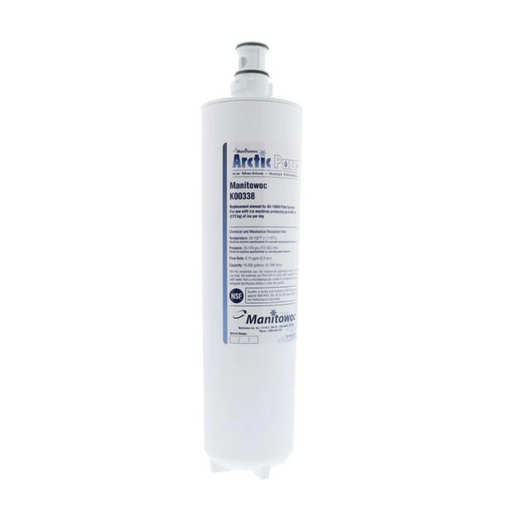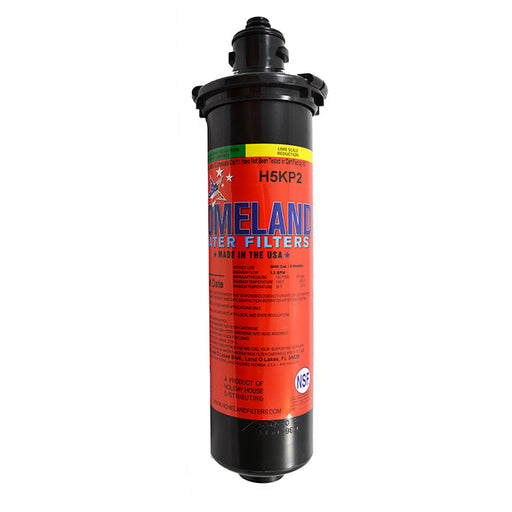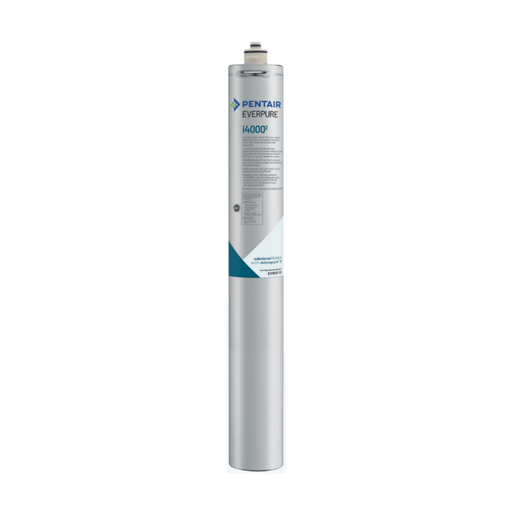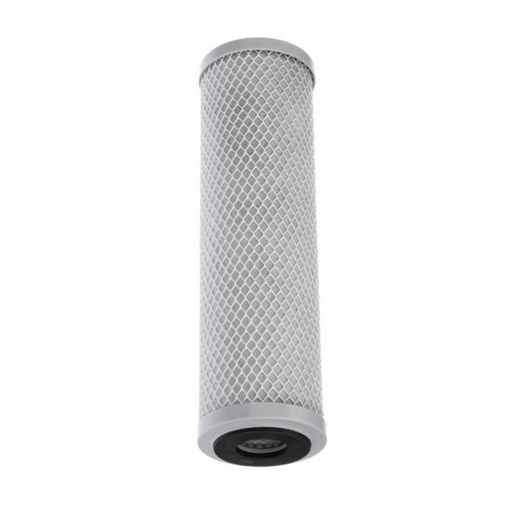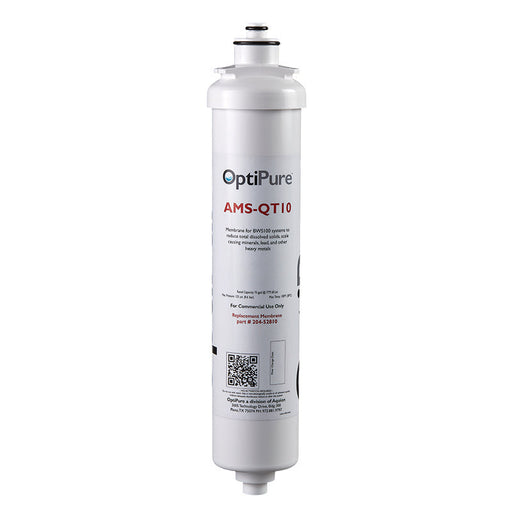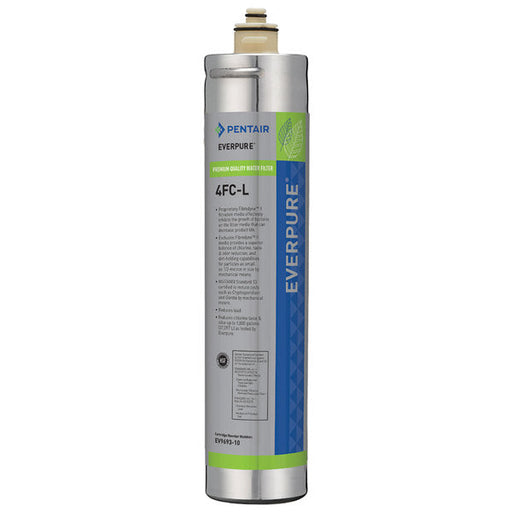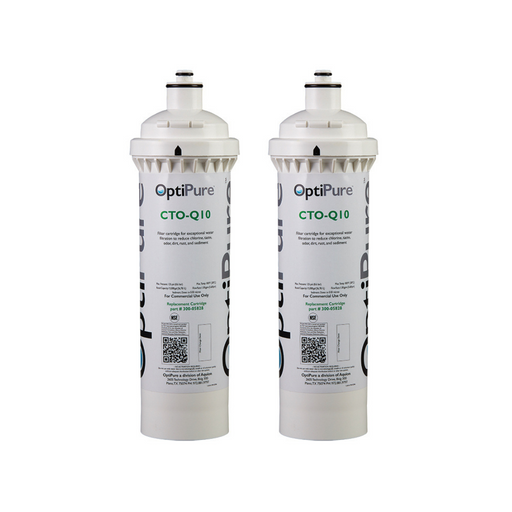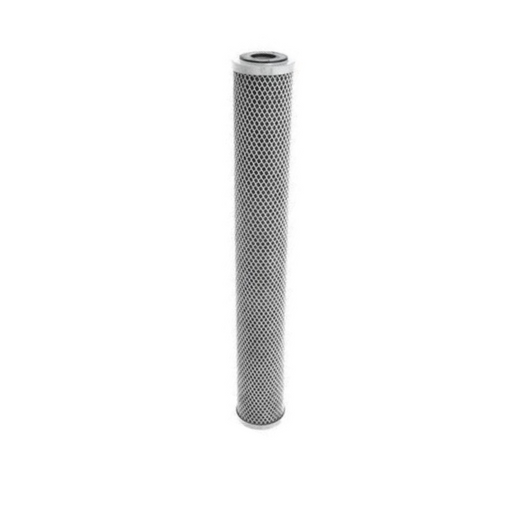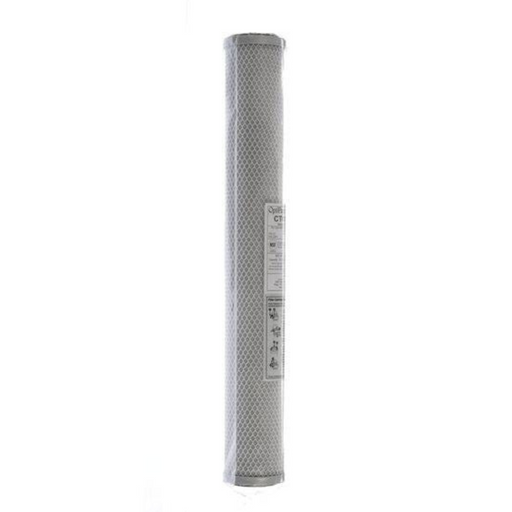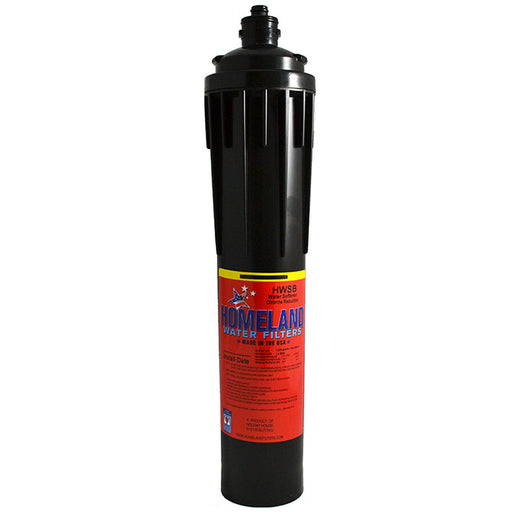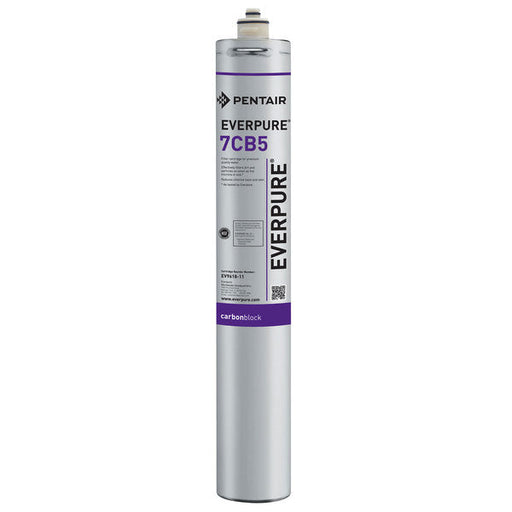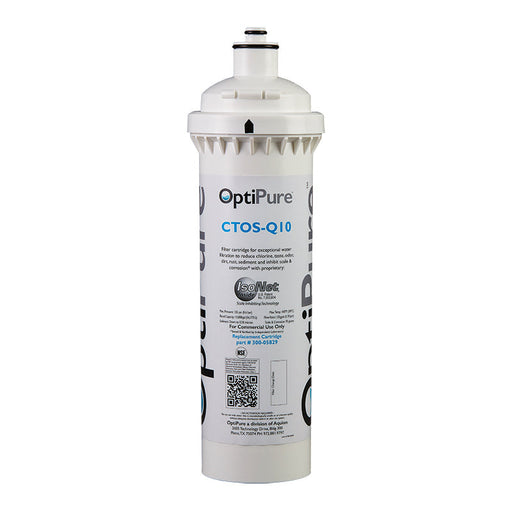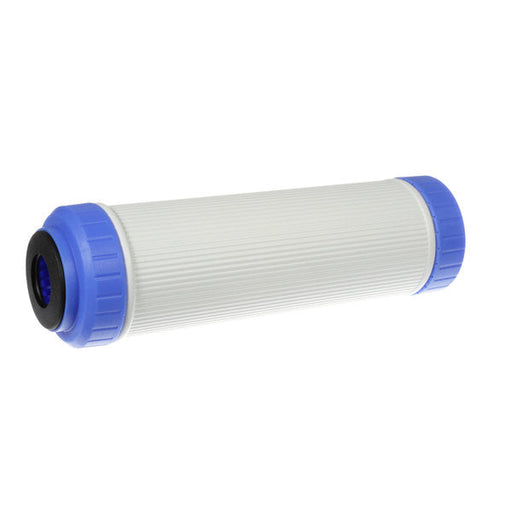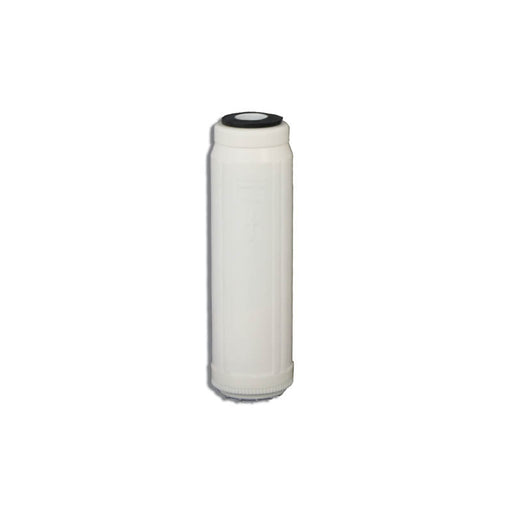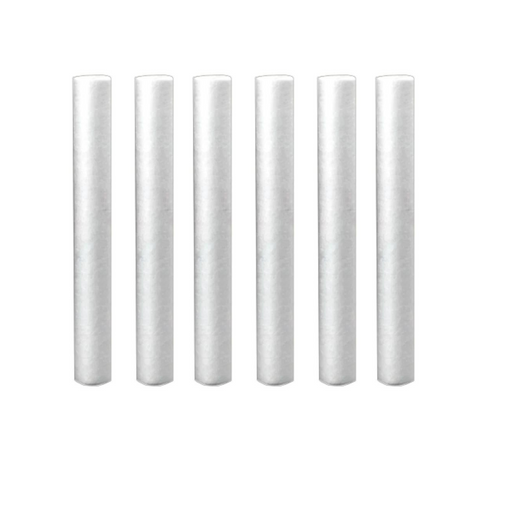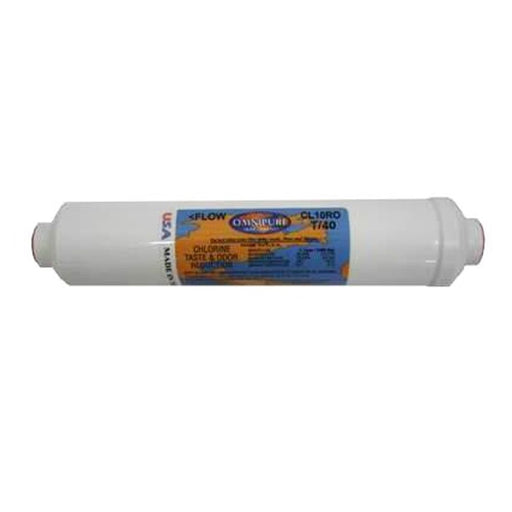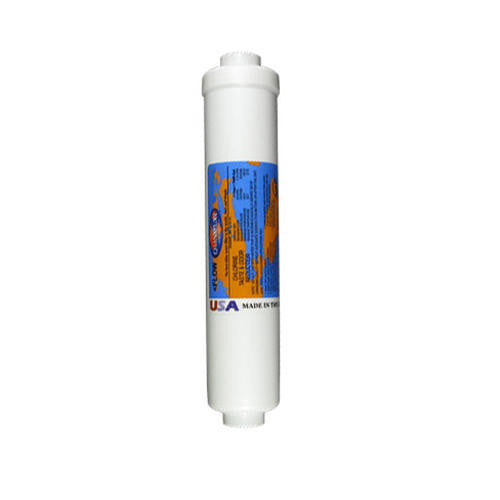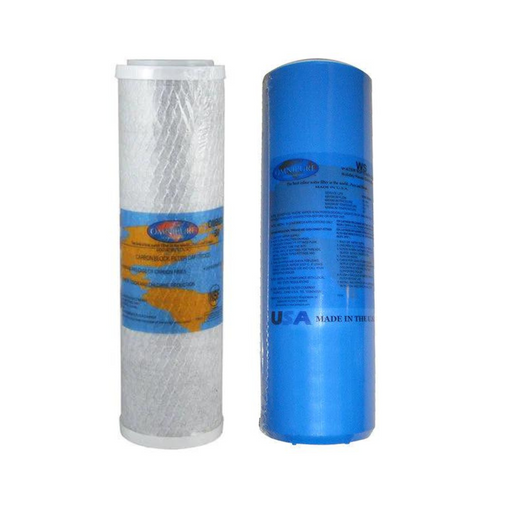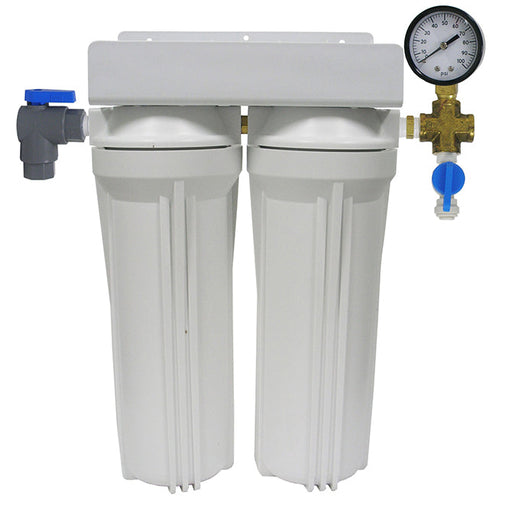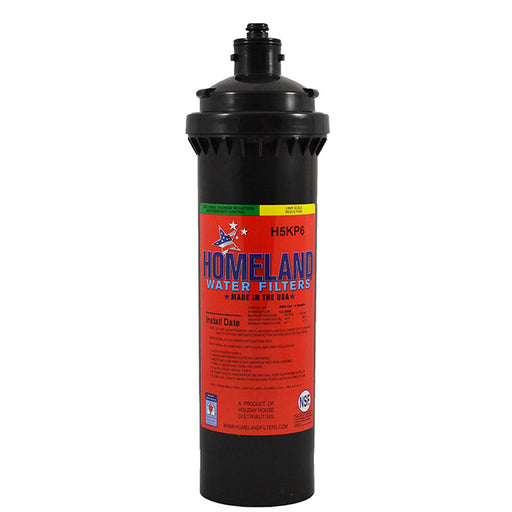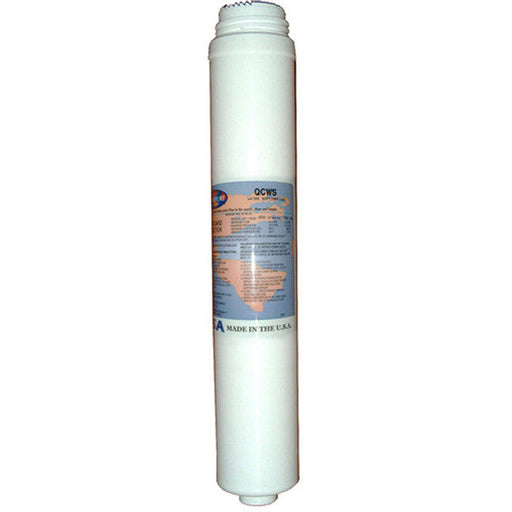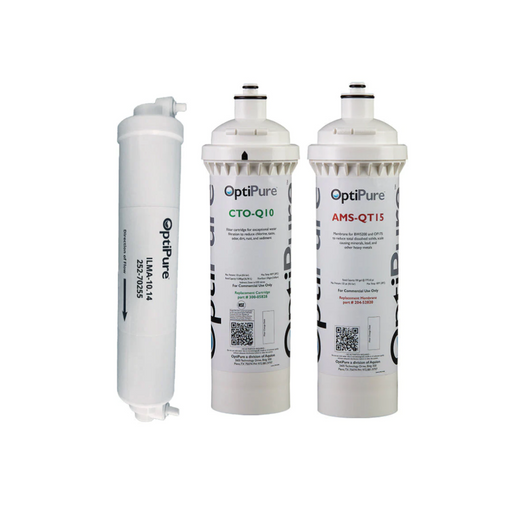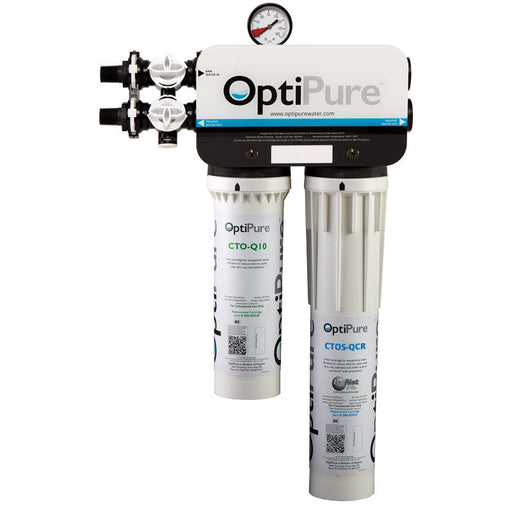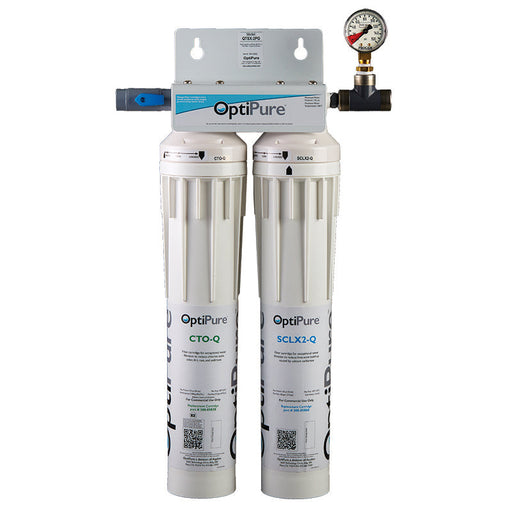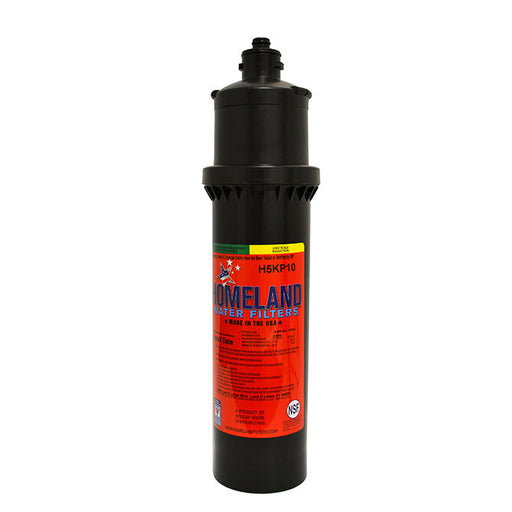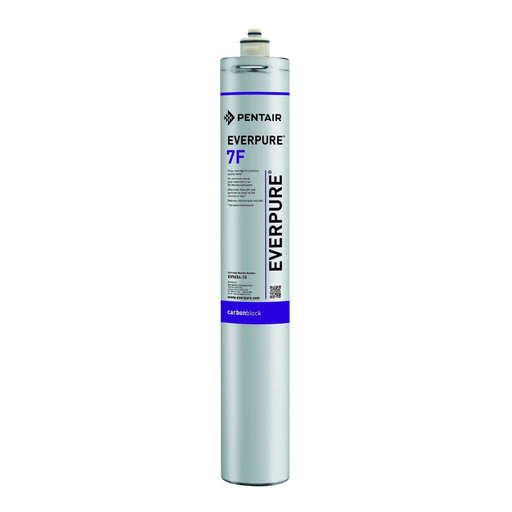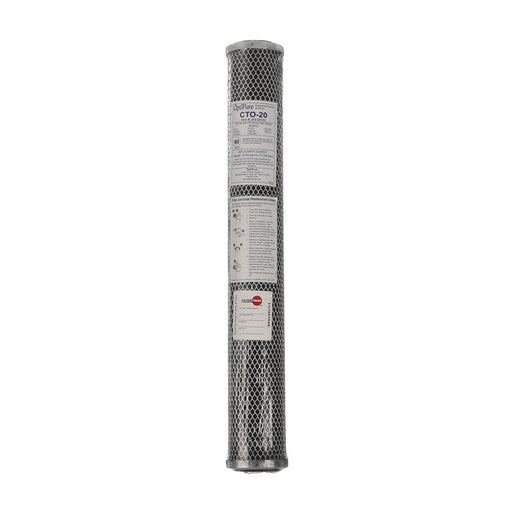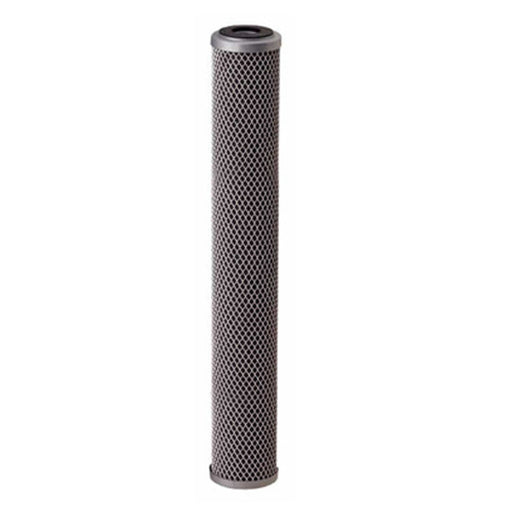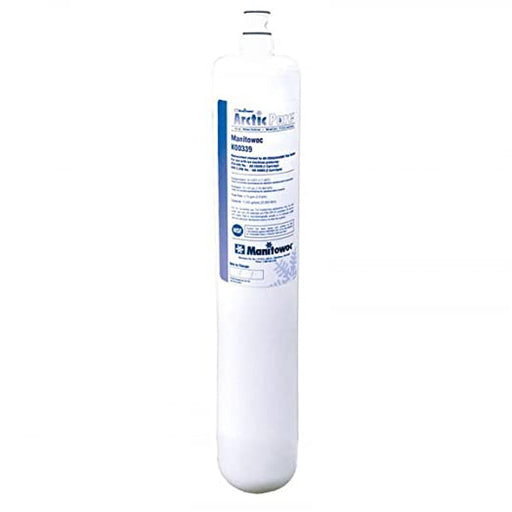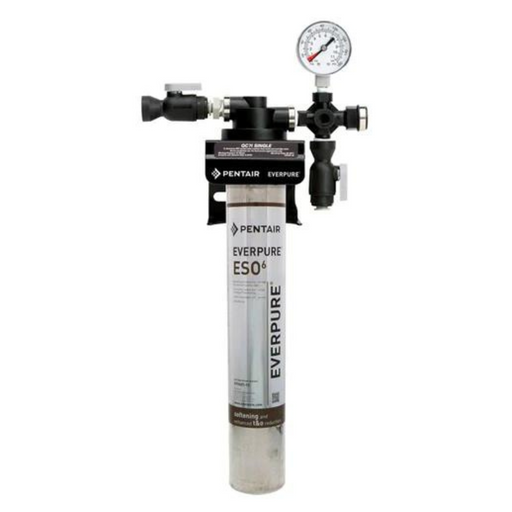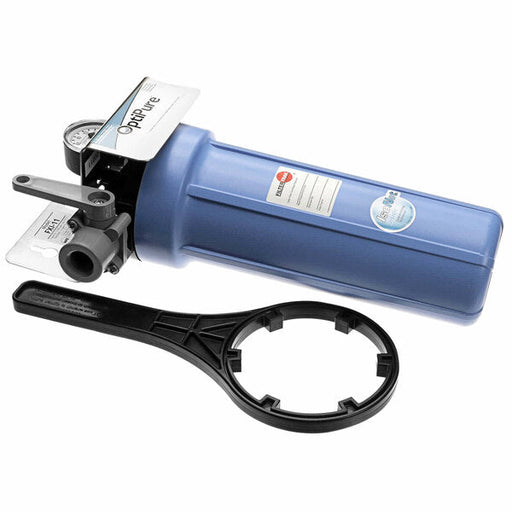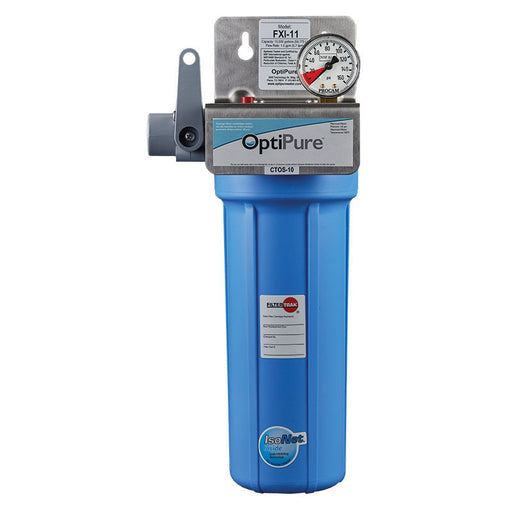Call or Text 303-736-9856
Filters
Vita Filters CTO 10" Carbon Block Filter (9-3/4") Drop-In Compatible with 32-250-10-MATRIKX
Why shop with Vita Filters? Authorized Distributor for Top Brands Free Shipping • No Minimum One (1) Year Warranty 100% Satisfaction Guaranteed! O...
View full detailsOptiPure 300-05828 CTO-Q10 Replacement Cartridge 1.5 GPM 0.5 Micron
The Pentair OptiPure CTO-Q10 is a 10” Qwik-Twist cartridge for use in OptiPure QT10 Series Systems to reduce sediment down to 0.5-microns and reduc...
View full detailsOptiPure 300-05830 CTO-Q 15" Filter Cartridge 2.25 GPM 0.5 Micron
The Pentair OptiPure CTO-Q is a 15” Qwik-Twist cartridge that reduces sediment down to 0.5 microns and reduces chlorine, taste & odor at a flow...
View full detailsOptiPure 204-52820 AMS-QT15 Reverse Osmosis RO Membrane
The AMS-QT15 is a 10″ Qwik-Twist replacement membrane for BWS200 and OP175 systems that reduces Total Dissolved Solids (TDS), scale-causing mineral...
View full detailsOptiPure 300-05832 CTOS-QCR Scale Chloramine Reduction Cartridge 0.5 GPM
The OptiPure 300-05832 CTOS-QCR is a 15” Qwik-Twist cartridge that reduces chloramines to 6,000 gallons at a flow rate of 0.5 GPM. The cartridge in...
View full detailsOptiPure 170-52081 QTI1+CR Replacement Cartridge Kit CTO-Q10 CTOS-QCR
The CTO-Q10 is a 10” Qwik-Twist cartridge that reduces sediment down to 0.5 microns and reduces chlorine, taste & odor at a flow rate of 1.5 GP...
View full detailsEverpure ESO7 EV9607-25 Espresso Water Filter Cartridge 1.0 GPM 5,300 Grains
The Everpure ESO 7 EV960725 Cartridge has a unique three-stage blending process to provide softened, buffered, filtered water for specialty coffee,...
View full detailsEverpure DEV9830-01 HQS-WF Filter Cartridge
Application: Produces perfect water for premium drinking water applications. Fits Everpure QL1 and QL3b heads. Part of a sanitary quick-change fil...
View full detailsOptiPure 300-05835 CTOS-Q Scale Cartridge 2.25 GPM 0.5 Micron
The Pentair OptiPure CTOS-Q is a 15” Qwik-Twist cartridge for use in OptiPure QTI series systems to reduce sediment down to 0.5-microns and reduce ...
View full detailsOptiPure 300-05821 CTO-Q10CR Chloramine Cartridge 0.5 GPM
The Optipure CTO-Q10CR is a 10” Qwik-Twist cartridge that reduces chloramines up to 4,000 gallons at a flow rate of 0.5 GPM. Applications: Applica...
View full detailsOptiPure 204-53040 AMS-QT Reverse Osmosis RO Membrane
The Pentair OptiPure AMS-QT is a 15″ Qwik-Twist replacement membrane for BWS350 and OP350 systems that reduces Total Dissolved Solids (TDS), scale-...
View full detailsOptiPure 300-05860 SCLX2-Q Scale Filter Cartridge 1.0 GPM
The Pentair OptiPure SCLX2-Q is a 15” Qwik-Twist cartridge that utilizes ScaleX2®, a chemical-free scale inhibition technology that utilizes Templa...
View full detailsHomeland HCWS Replacement Filter Cartridge
Why shop with Vita Filters? Authorized Homeland Distributor Free Shipping • No Minimum 12 Month Warranty 100% Satisfaction Guaranteed! On-Staff Wa...
View full detailsOptiPure 300-05829 CTOS-Q10 Filter Cartridge 1.5 GPM 0.5 Micron
The Pentair OptiPure CTOS-Q10 is a 10” Qwik-Twist cartridge for use in OptiPure QTI10 series systems to reduce sediment down to 0.5-microns and red...
View full detailsOptiPure SX21RK 252-60110 Cartridge Kit for SX2-21 System
This is the replacement cartridge kit for the OptiPure SX2-21 160-00350 System (*sold separately) Applications: Fountain beverages, coffee, tea, ...
View full detailsOptiPure 252-10120 S5-20 Sediment Prefilter Cartridge 10 GPM
The S5-20 is a 20” Drop-In PolyTrix gradient density filter cartridge that reduces sediment to 5.0 microns at a maximum flow rate of 10.0 GPM. Ap...
View full detailsEverpure EV9612-22 Insurice i20002 Filter Cartridge (Ice)
Delivers premium quality water for ice applications. Reduces water-related ice machine problems caused by scale buildup from dirt and dissolved min...
View full detailsEverpure MC2 EV9612-56 Filter Cartridge
The Everpure MC² Filter Cartridge improves the taste of fountain beverages by reducing chlorine, taste, odor, and other offensive contaminants that...
View full detailsEverpure QC7i Single-ESO7 Espresso Filtration System 5,300 Grains
The Everpure QC7I Single-ESO7 Filtration system is a unique three-stage blending process to provide softened, buffered, and filtered water for spec...
View full detailsEverpure 300-05828 CTO-Q10 10" Filter Cartridge 1.5 GPM 0.5 Micron
Supply clean, safe water to your commercial beverage equipment with this Everpure 300-05828 CTO-Q10 filter cartridge. This cartridge directly repla...
View full detailsEverpure DEV9830-01 HQS-WF Filter Cartridge 3-Pack
Application: Produces perfect water for premium drinking water applications. Fits Everpure QL1 and QL3b heads. Part of a sanitary quick-change fil...
View full detailsMatrikx 32-250-10-MATRIKX CTO 10" Carbon Block Filter (9-3/4")
Replacement here: Vita Filters 10" (9-3/4") Carbon Block Filter Drop-in Why shop with Vita Filters? Authorized Matrikx Distributor Free Shipping ...
View full detailsManitowoc K-00338 Arctic Pure AR-10000 Replacement Cartridge
Why shop with Vita Filters? Authorized Manitowoc Distributor Free Shipping • No Minimum 1-Year Manufacturer's Warranty 100% Satisfaction Guarantee...
View full detailsHomeland H5KP2 Carbon GAC Filter Cartridge 0.5 GPM (Compatible with Everpure HQS-WF)
Why shop with Vita Filters? Authorized Homeland Distributor Free Shipping • No Minimum 12 Month Warranty 100% Satisfaction Guaranteed! On-Staff Wa...
View full detailsEverpure Insurice i40002 Filter Cartridge (Ice)
Supply clean, safe water to your ice machine and increase efficiency with this Everpure EV961232 Insurice i4000 replacement filter cartridge! This ...
View full detailsOptiPure CTOS-10 Replacement Filter Cartridge 252-00310
The CTOS-10 is a 10” Drop-In cartridge that reduces sediment to 0.5 microns and reduces chlorine, taste & odor at a flow rate of 1.5 GPM for 15...
View full detailsOptiPure 204-52810 AMS-QT10 Reverse Osmosis RO Membrane
The Pentair OptiPure AMS-QT10 is a Qwik-Twist replacement membrane for BWS100 Systems that reduces Total Dissolved Solids (TDS), scale-causing mine...
View full detailsEverpure 4FC-L EV9693-10 Filter Cartridge
With high capacity, the extended-life filter offers submicron particulate reduction, lead, cyst, chlorine taste & odor protection, and more. Th...
View full detailsOptiPure 300-05828 CTO-Q10 Filter Cartridge 2-Pack
The Pentair OptiPure CTO-Q10 is a 10” Qwik-Twist cartridge for use in OptiPure QT10 Series Systems to reduce sediment down to 0.5-microns and reduc...
View full detailsOptiPure CTOS-20 CTO Scale Reduction Cartridge 252-00320
The CTOS-20 is a 20” Drop-In cartridge that reduces sediment down to 0.5 microns and reduces chlorine, taste & odor at a flow rate of 3.0 GPM f...
View full detailsHomeland HWSB Filter Cartridge (Compatible with Everpure ESO6 & ESO6)
Why shop with Vita Filters? Authorized Homeland Distributor Free Shipping • No Minimum 12 Month Warranty 100% Satisfaction Guaranteed! On-Staff Wa...
View full detailsEverpure 7CB5 EV9618-11 Filter Cartridge (Fountain & Vending)
The Everpure 7CB5 Filter Cartridge is a carbon block filter that finely polishes water for high-quality beverage and food applications. Everpure 7C...
View full detailsIce-O-Matic IOMQ Filter Cartridge (OptiPure OEM CTOS-Q10)
Why shop with Vita Filters? Authorized OptiPure Distributor Free Shipping • No Minimum 12 Month Warranty 100% Satisfaction Guaranteed! On-Staff Wa...
View full detailsOptiPure 252-60205 SCLX2-1 ScaleX2 Scale Reduction Cartridge 1.5 GPM
The SCLX2-1 is a 10” Drop-In cartridge that utilizes ScaleX2®, a chemical-free scale inhibition technology that utilizes Template-Induced Crystalli...
View full detailsEverpure EC210 EV9534-26 20" Prefilter Cartridge 10-Micron 6-Pack
Prefilter cartridge for E-20 Housing filters out larger dirt and rust particles, extending the life of primary filter cartridges. Applications: F...
View full detailsOmnipure CL10ROT40-B 10" In-Line Filtration System CL10 1/4" FPT
These inline GAC filters are among the most commonly utilized filters for improving odor and taste, as well as chlorine reduction. Customers utiliz...
View full detailsOmnipure DFKE 10" Dual Espresso Filtration System (Softening)
Espresso/Cappuccino Machine Applications For machine protection and taste, odor, chlorine reduction For Chlorine, Taste, Odor reduction Reduces sa...
View full detailsHomeland H5KP6 Carbon Block Filter Cartridge 1.5 GPM
Why shop with Vita Filters? Authorized Homeland Distributor Free Shipping • No Minimum 12 Month Warranty 100% Satisfaction Guaranteed! On-Staff Wa...
View full detailsOmnipure QCWS 14" Water Softener Carbon GAC Filter Cartridge
The Omnipure QCWS is ideal for residential appliances that require water with virtually no scaling minerals to operate reliably and efficiently. Th...
View full detailsOptiPure BWS175 RO Replacement Cartridge Kit (CTO-Q10, AMS-QT15, ILMA-10.14)
Replacement cartridges for OptiPure BWS175 Reverse Osmosis RO Systems. Kit includes one (1) of each of the following: CTO-Q10 300-05828 10" Filter...
View full detailsOptiPure 170-52081 QTI1+CR Dual Chloramine Filtration System + IsoNet Scale Reduction
The QTI1+CR is a dual-cartridge water treatment system with two Qwik-Twist cartridges, which reduces sediment over 0.5 microns and reduces chlorine...
View full detailsOptiPure 160-52822 QTSX-2PG Scale Filtration System (Coffee)
The Pentair OptiPure QTSX-2PG is a dual-cartridge water treatment system with two 15” Qwik-Twist cartridges that reduce sediment to 0.5-microns and...
View full detailsHomeland H5KP10 Carbon Block Filter Cartridge 2.0 GPM
Why shop with Vita Filters? Authorized Homeland Distributor Free Shipping • No Minimum 12 Month Warranty 100% Satisfaction Guaranteed! On-Staff Wa...
View full detailsEverpure 7F EV9654-10 Filter Cartridge Post Filter
Post-treatment cartridge for use in RO applications. Applications: Special application cartridge for use with RO systems For exclusive use as post...
View full detailsOptiPure 252-00220 CTO-20 Replacement Cartridge 3.0 GPM 0.5 Micron
The CTO-20 is a 20” Drop-In cartridge that reduces sediment to 0.5 microns and reduces chlorine, taste & odor at a flow rate of 3.0 GPM for 30,...
View full detailsManitowoc K-00339 Arctic Pure AR-20000 & AR-40000 Replacement Cartridge
Why shop with Vita Filters? Authorized Manitowoc Distributor Free Shipping • No Minimum 1-Year Manufacturer's Warranty 100% Satisfaction Guarantee...
View full detailsEverpure QC7i Single-ESO6 Espresso Filtration System 4,100 Grains
The Everpure QC7i Single-ESO6 Filter system has a unique three-stage blending process to provide softened, buffered, and filtered water for special...
View full detailsOptiPure 160-50105 FXI-11 Filtration System 1.5 GPM 0.5 Micron (Ice, Coffee, Steam)
The FXI-11 is a single-housing water treatment system with a drop-in 10” cartridge that reduces sediment down to 0.5 microns and reduces chlorine, ...
View full detailsBest Sellers
Everpure ESO7 EV9607-25 Espresso Water Filter Cartridge 1.0 GPM 5,300 Grains
The Everpure ESO 7 EV960725 Cartridge has a unique three-stage blending process to provide softened, buffered, filtered water for specialty coffee,...
View full detailsOptiPure 300-05828 CTO-Q10 Replacement Cartridge 1.5 GPM 0.5 Micron
The Pentair OptiPure CTO-Q10 is a 10” Qwik-Twist cartridge for use in OptiPure QT10 Series Systems to reduce sediment down to 0.5-microns and reduc...
View full detailsOptiPure 170-52081 QTI1+CR Replacement Cartridge Kit CTO-Q10 CTOS-QCR
The CTO-Q10 is a 10” Qwik-Twist cartridge that reduces sediment down to 0.5 microns and reduces chlorine, taste & odor at a flow rate of 1.5 GP...
View full detailsEverpure DEV9830-01 HQS-WF Filter Cartridge
Application: Produces perfect water for premium drinking water applications. Fits Everpure QL1 and QL3b heads. Part of a sanitary quick-change fil...
View full detailsOptiPure 204-52820 AMS-QT15 Reverse Osmosis RO Membrane
The AMS-QT15 is a 10″ Qwik-Twist replacement membrane for BWS200 and OP175 systems that reduces Total Dissolved Solids (TDS), scale-causing mineral...
View full detailsChlorine, Taste, & Odor Reduction Filters
Chlorine is a disinfectant, most commonly used to kill microbes in the water supply. If excessive amounts or high concentrations reside in pipes and plumbing, chlorine can impart an undesirable taste and odor in your drinking water and other beverages. It can also contribute to foodservice equipment problems such as pitting and corrosion.
Chlorine is a widespread, naturally occurring chemical element manufactured from sodium chloride. It is widely used for everything from creating household bleach to manufacturing computer chips to disinfection of swimming pools. Most water utility companies add chlorine gas to raw water to kill bacteria and other harmful microorganisms to prevent waterborne diseases. While necessary for safe water, chlorine creates many problems for foodservice operations:
- Chlorine gas has a powerful, pungent smell and an unpleasant taste. It is detectable in concentrations of as low as 1 part per million (ppm).
- Chlorine is an oxidizing agent corrosive on metals in plumbing and foodservice equipment.
- Chlorine can cause damage to gaskets in equipment, making them brittle.
- Chlorine reacts with natural organic compounds in the water to form potentially harmful chemical by-products such as trihalomethanes (THMs).
- Chlorine is ineffective at killing cysts, which are living organisms that can cause illness. Examples of cysts include Giardia and Cryptosporidium.
Fortunately, chlorine is not challenging to remove from water. Carbon, found in many water filters, has a remarkable capacity for neutralizing chlorine. Activated carbon is a mild reducing agent, and chlorine is a potent oxidizing agent, so after chlorine becomes adsorbed, it reacts with the carbon. The chlorine is reduced to chloride ion (as in table salt and seawater), one atom of carbon is oxidized to carbon dioxide, and both are released to the solution (desorbed). Meanwhile, most of the spots on the activated carbon, where all this took place, become “auto-regenerated” back to their original, like new condition, ready to adsorb again. For free available chlorine (FAC), this takes only about fifteen minutes, which means that a small amount of carbon can achieve an acceptable steady-state condition if the flow rate is slow or intermittent. The reaction is much slower for “combined chlorine” (chloramines), and more carbon or contact time is needed to achieve equivalent reductions.


